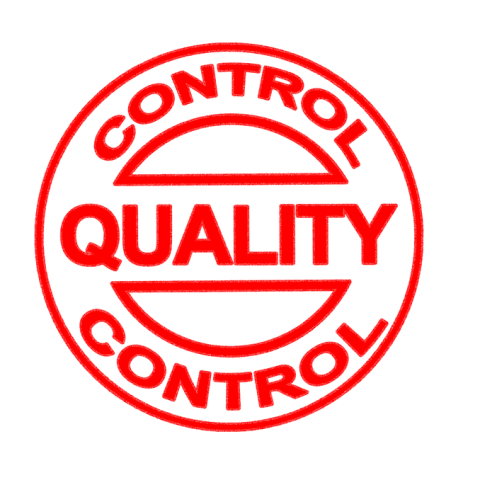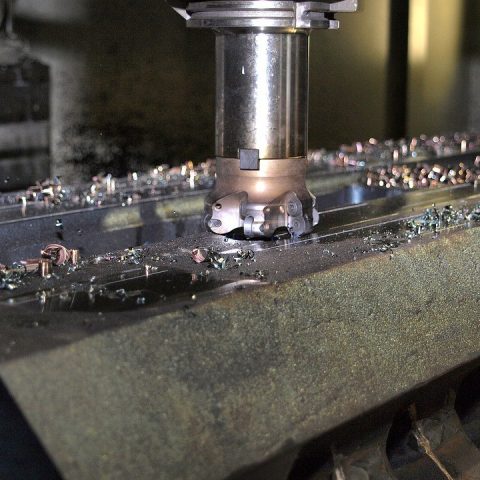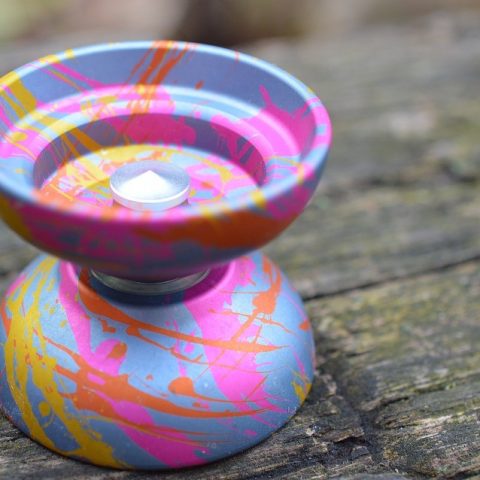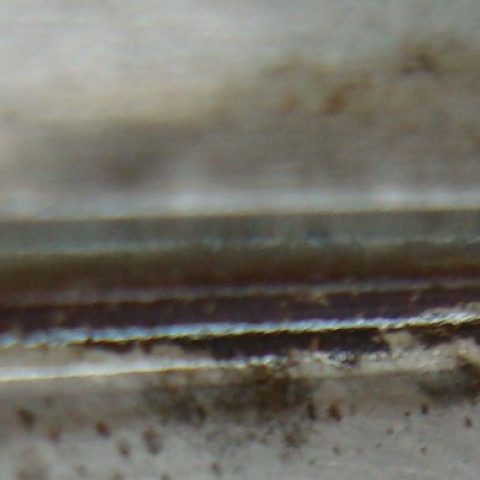Only quality decides in our business about success or failure and thus in the long run also about the existence of our company. We are always aware of that. And we always measure ourselves to the best possible result. Because, as others have realized, too: “good” is the enemy of “great.”
We have decades of experience in polishing and satin finishing. Also, we only use high quality aids such as selected abrasives, e.g. canvases, tiles, pastes, honing stones, etc. as well as precise hand grinders, and custom-made holders for small workpieces. This guarantees unsurpassed results in the highest quality and aesthetics.
To learn more, please click on one of the following buttons or simply scroll down…
Requirements / Prerequisits
In order to deliver the best quality, there are various prerequisites. Here, we often rely on the support of our customers.
Above all, we need to know what kind of workpiece we are dealing with. It must also be clear what outcome the customer wants to achieve in the end. The following questions need to be clarified:
- What kind of workpiece are we talking about (e.g. a tool, a component, or an art object)?
- The workpiece is made of which material?
- What is the exact goal of the treatment?
- Which part should be treated, which maybe not?
- Are there any specific requirements with regard to the desired processing (e.g. surface texture, grain, brushing direction, gloss level) or does the customer require advice on this topic?
- Which previous processing steps have already been performed with which result (e.g. milling)?
- What next steps are planned after processing by us (e.g. anodizing)?
- Are there any particularly critical areas (such as visible surfaces, lettering, edges / radii, etc.) that if harmed could cause irreparable damage to the workpiece or render it worthless?
- Are there any special requirements regarding storage and transport of the workpiece (for example in terms of weight, temperature, or humidity)?
The risk of expensive misunderstandings must be held as low as possible for all parties involved. So, it is important that the information above is documented in written form. This can, for instance, be done in form of
- e-mails
- CAD drawings
- MS PowerPoint files or PDF documentation
- as an exception also by drawing on the workpiece itself
Further important requirements can be found below in the section “Avoidable problems”.

Quality assurance

To ensure a consistently high level of quality, we use among others the following methods:
- In order to develop new treatment processes or in the case of particularly complex challenges, we test the processes and results in advance and in close coordination with the customer on the basis of sample plates until the desired goal is achieved safely and repeatably.
- All workpieces are photographed during the goods receipt process. Thus, any visible shipping damage (e.g. scratches), material problems (e.g. blowholes, corrosion), or problems from previous operations (e.g. scuff marks) are documented. If useful or necessary, corresponding photos are also made before shipping the workpiece back out.
- Finished products undergo an internal final inspection in-house. This inspection is carried out by the foremen or masters, who are familiar with and experienced in quality assurance.
- If the workpiece is an injection molding tool, it is imperative to ensure clean demoulding. In critical cases, our specialists accompany the first set-up of the treated tool or the start-up of the machine at the customers site.
- Now, the final inspection and acceptance by the customer follows. This can be done either in our location or at the site of the customer.
Bordering production steps
Preceding procedures
In order to understand in which state of treatment the surface of a workpiece arrives, it is important for us to know the last preceding processing steps. Such procedures may be (in alphabetical order and without any claim to completeness):
- de-anodizing
- degreasing
- dehardening
- eroding
- hardening
- milling
- paint removal
- pickling
Subsequent procedures
Depending on the subsequent process, certain treatment steps may be necessary or inadmissible on our part. Therefore, it is also important that we know the next planned process step. Subsequent procedures may be (in alphabetical order and without any claim to completeness):
- annealing (heating to distribute mechanical stresses)
- anodizing
- etching
- galvanazing, i.e.
- chroming
- gilding
- nickel-plating
- silver-plating
- zinc-coating, etc.
- hardening
- painting
- wet painting
- dry painting (powder-coating)


Avoidable problems



Never talk about problems? Well, we do. Because problems cost time and money. And they can damage a trusting, long-lasting business relationship overnight. No one needs that – and especially not when it’s so easy to avoid.
In our many years of experience, a few factors have emerged as the main causes of more frequent and costly problems:
- Inferior material (e.g. cheap “China steel” or rolled aluminum) is often poorly workable. This can multiply the processing time – and thus the price! There were already cases where brand new tools had to be scrapped because their steel contained more holes than a sponge. High-quality material is always the better investment in the long run!
- Coarse milling marks can be easily and quickly milled away and as such removed by the milling cutter. But for a polisher with his filigree tools it might takes hours, sometimes days. Again, the price can easily multiply! Please make sure that the appointed milling cutter does a good job!
- Unclean surfaces (e.g. saliva drips, fingerprints, permanent-mark labels) may cause non-removable stains depending on the material and penetration depth. Please ensure that the surface of your workpiece remains clean, is only touched with gloves if at all possible and protected with a cover or packaging.
- Corrosion is the enemy of any metal surface and can render your workpiece scrap-ready. Please make sure that your workpieces are stored dry as well as protected from light and dust.
- Transport damage can not always be avoided, but adequate support and packaging can significantly reduce the risk. Please make sure that when transporting your workpieces the latter are sufficiently protected and only transported with suitable equipment.
